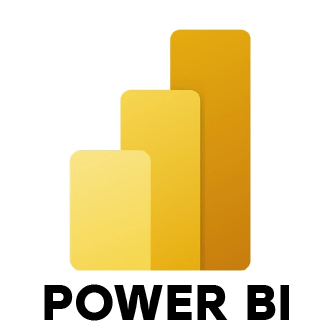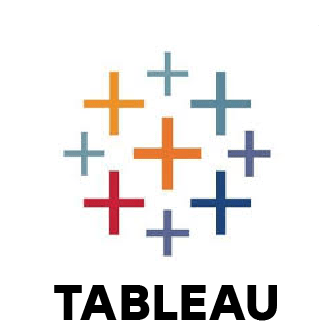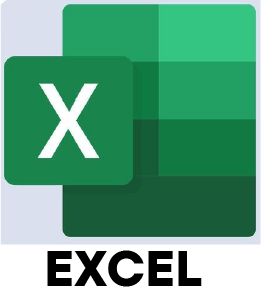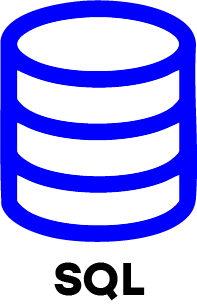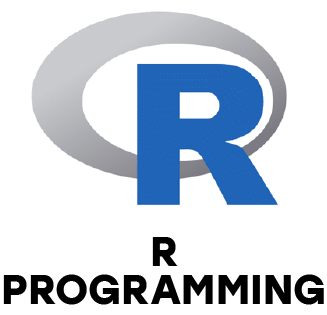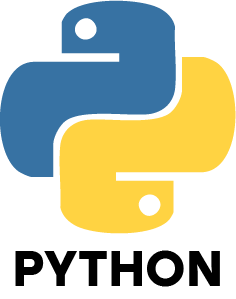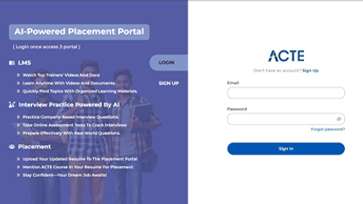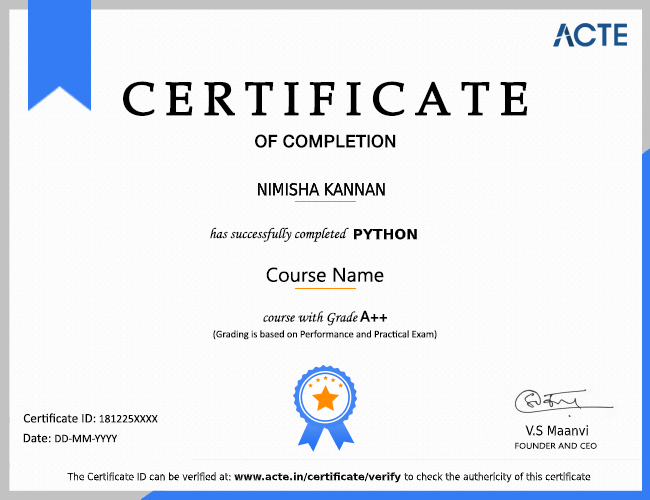Rated #1 Recoginized as the No.1 Institute for React JS Course in Bangalore
Our ReactJS Course in Bangalore provides an immersive, hands-on learning experience that equips you with the essential skills needed to excel in ReactJS development and boost your career.
Key subjects covered in the course include component-based architecture, state management, and creating dynamic web apps. You will be prepared to tackle real-world problems and develop creative, responsive web apps after gaining hands-on experience with industry-standard tools and technologies.
- Start up for our ReactJS course now.
- Unlock exciting career opportunities in web development.
- Gain hands-on experience with real-world ReactJS projects.
- A ReactJS certification will help you advance your ReactJS career!
- Join over 350+ hiring companies and 13,898+ successful graduates.
- Benefit from an affordable, industry-recognized curriculum and 100% placement.




